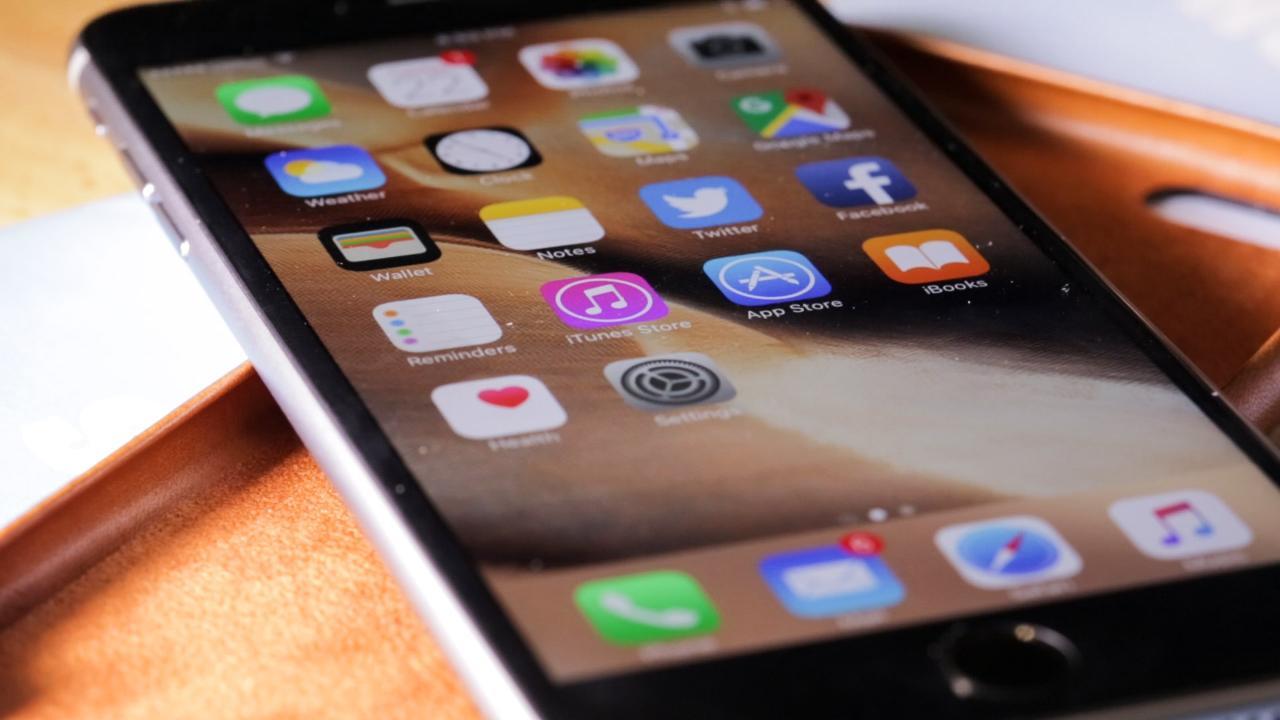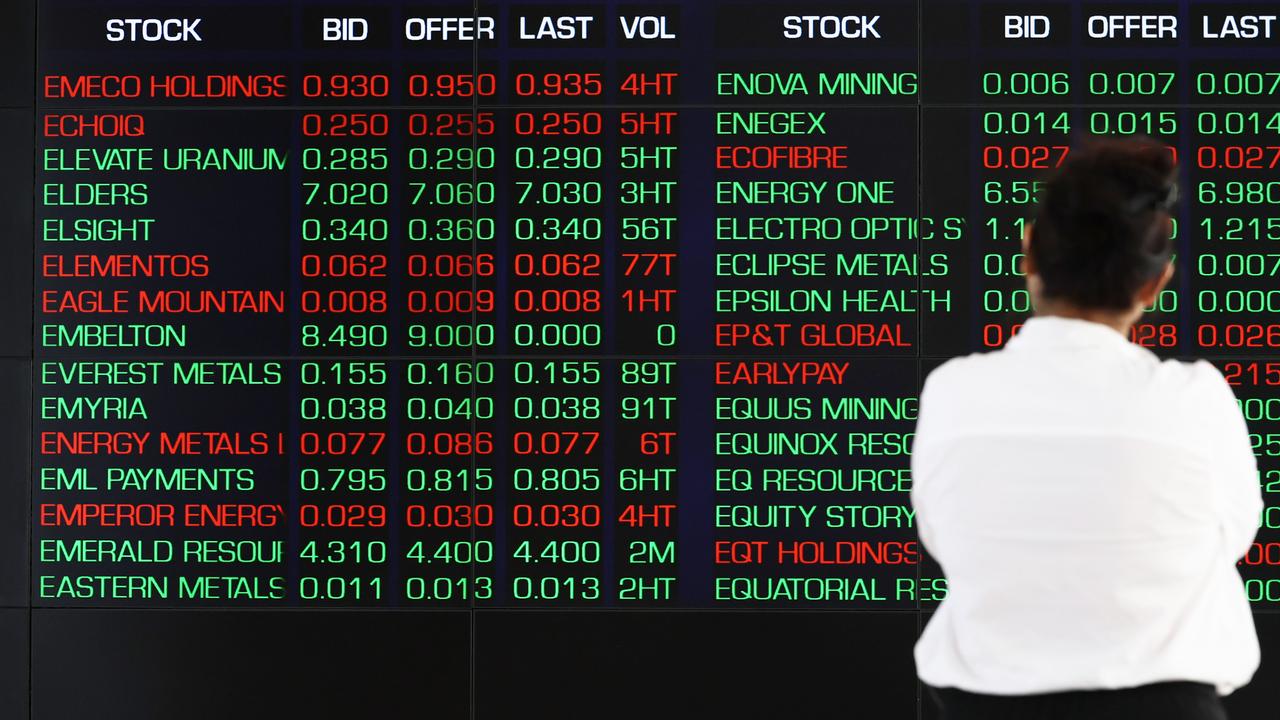Battle of the phablets: iPhone 6s Plus against Samsung Edge+
The battle between Apple’s newly minted iPhone 6s Plus and Samsung’s rival premium superphones is afoot.

The battle between Apple’s newly minted iPhone 6s Plus and Samsung’s rival premium superphones is afoot, so how do these big phablets — half phone, half tablet — line up?
Apple’s iPhone 6s Plus brings the 6s experience to the larger form factor, adding features such as image stabilisation and two column app layouts. It’s stately in looks with its curved metallic sides and back but it’s a tad longer, wider and heavier than its rival, the Galaxy S6 Edge+.
The Edge+ with its curved edge screen is a beautiful phone and also one of the most innovative, hardware wise. The difference in thickness between the two is line ball but the weight difference is considerable, with the Edge+ 39 grams lighter.
While the 6s Plus is the larger phone, the Edge+ also has the larger screen, 5.7 inches as opposed to 5.5 inches, thanks to its incredibly thin bezel. The AMOLED display is finer as well: a QuadHD screen with a resolution of 1440 x 2560 pixels at 518 pixels per inch. Apple’s has a standard 1080p HD display but still big resolution at 401ppi.
The razzle dazzle takes its toll on battery life but both Apple and Samsung have some tricks up their sleeves. Samsung uses an 8-core Exynos processor: four cores at 2.1 Gigahertz and four at 1.5 Gigahertz, which means the phone can handle powerful tasks but saves energy by using the less powerful cores for lighter tasks such as web browsing.
From teardowns we know Apple’s A9 processor is dual core. In my test with AnTuTu benchmark v5.1.1, Apple’s A9 processor rated as the more powerful overall with a score of 58855 against the Samsung at 51847. The A9 comes with an M9 co-processor that is always on. That means Siri is always available, even when the phone is on standby, not connected to power.
The 6s Plus has a 2750 milliampere hour battery (mAh), the Edge+ has a tad bigger capacity at 3000mAh, but it has to drive a higher resolution display. I played video on both at 75 per cent screen brightness. The 6s Plus lasted 11 hours 20 minutes, and the Edge+ 13 hours 35 minutes.
The Edge+ has 16 and 5-megapixel cameras against Apple’s 12 and 5MP. Apple’s upgrade to the front-facing camera means better-quality selfies and with the display acting as a flash, you can take them in dark conditions. At 16MP the Samsung has a higher resolution main camera, which takes great photos.
Double-clicking the Samsung’s home button to launch the camera is really useful. But I also like the warmer, natural colours of iPhone 6s Plus. Both offer an array of camera modes and both shoot 4K video. Optical image stabilisation on the 6s Plus means smoother video.
Neither device supports micro SD card storage, so you’re left with either a finite 32GB or 64GB of RAM on the Edge+, or 16GB, 64GB or 128GB on 6s Plus. Personally, I wouldn’t shell out more than $1000 for a phone with just 16GB of storage with no way of increasing it.
Both make use of the extra screen real estate in portrait mode. There are two modes for the Edge+. You can split the screen or float apps in pop-up view. In iOS9, split-screen multi-tasking where you run two apps side by side is available only on iPads, but apps such as mail and calendar run in a two-column view in landscape mode.
Both devices have some knockout features. For Edge+, it’s the adaptive fast charging, which allows you to recharge a big 3000mAh battery in 90 minutes. For the iPhone 6s Plus it’s the new pressure-sensitive screen that supports 3D touch. Pressing a little harder lets you preview emails, messages and other media without opening them.
Research firm Telsyte managing director Foad Fadaghi says that iPhone 6 Plus represents about 30pc of iPhone 6 handsets sold, but users were migrating to the larger phablets, lured by bigger batteries and screen sizes.
He says Samsung has one big weakness: no matter how good the hardware is, it is held back against Apple by its reliance on Android.
Samsung’s own operating system Tizen can be stunning, as it is on its upcoming Gear S2 smartwatch, but to change to Tizen on its smartphones would be a massive call. Still, Samsung pushes the envelope with its edgy specifications, particularly its amazing high-resolution display.
Meanwhile, Apple solidly replicates its successful iPhone experience with the 6s Plus, but is more conservative in its hardware offering.


